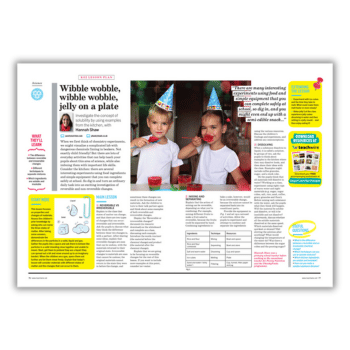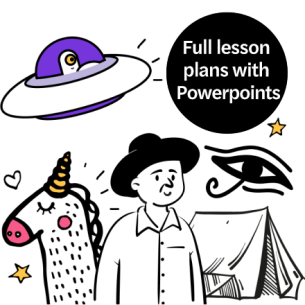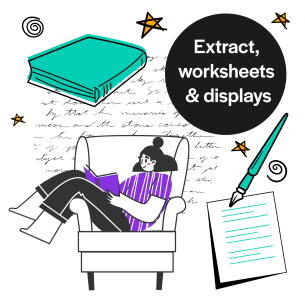When we first think of chemistry experiments, we might visualise a complicated lab with dangerous chemicals fizzing in beakers. Not exactly child-friendly! But there are lots of everyday activities that can help teach your pupils about solubility in KS2, while also imbuing them with important life skills.
Consider the kitchen: there are several interesting experiments using food ingredients and simple equipment that you can complete safely at school. So dig in and turn an ordinary daily task into an exciting investigation of reversible and non-reversible changes.
Solubility KS2 learning objectives
- Know the difference between reversible and irreversible changes
- Try different techniques to separate mixtures
- Find out which ingredients are soluble and insoluble
Starter activity
This lesson focuses on properties and changes of materials. Assess the children’s prior knowledge by asking who can name the three states of matter. After taking some answers, demonstrate the differences in the particles in a solid, liquid and gas.
Gather the pupils into a space and ask them to behave like particles in a solid (standing close together and unable to move).
Next, get them to pretend they are a liquid (they can spread out a bit and move around up to an imaginary border).
When the children are a gas, space them out further and let them move freely. Explain that today’s lesson will consider materials with different states of matter and the changes that can occur to them.
Hannah Shaw was a primary school teacher before working as the consultant teacher for Purely Nutrition and the PhunkyFoods programme.











